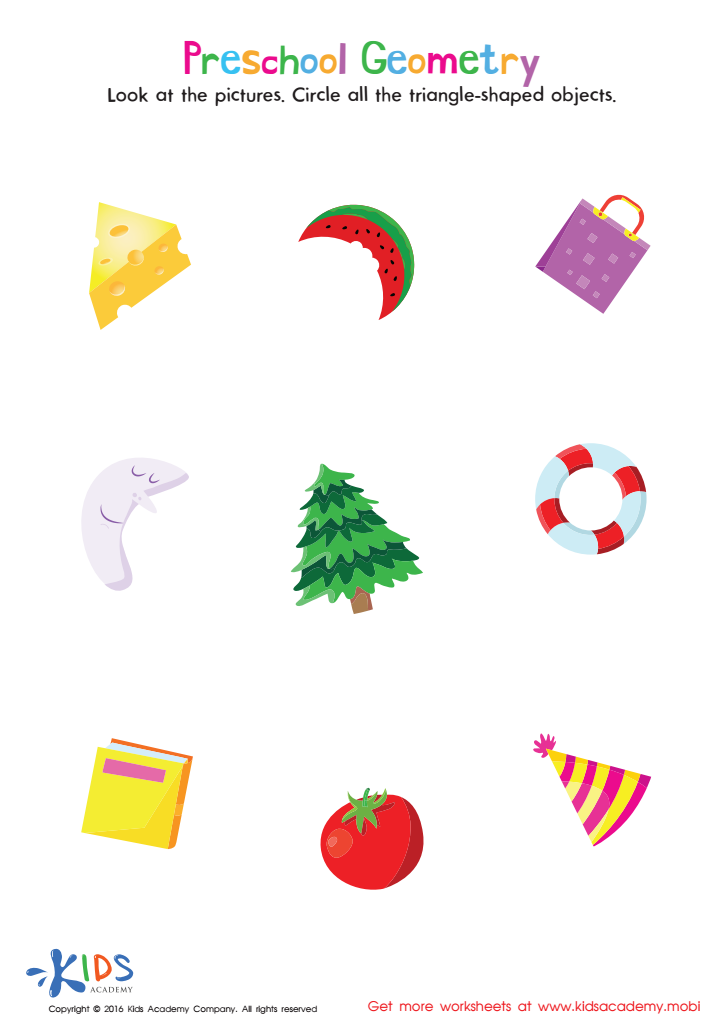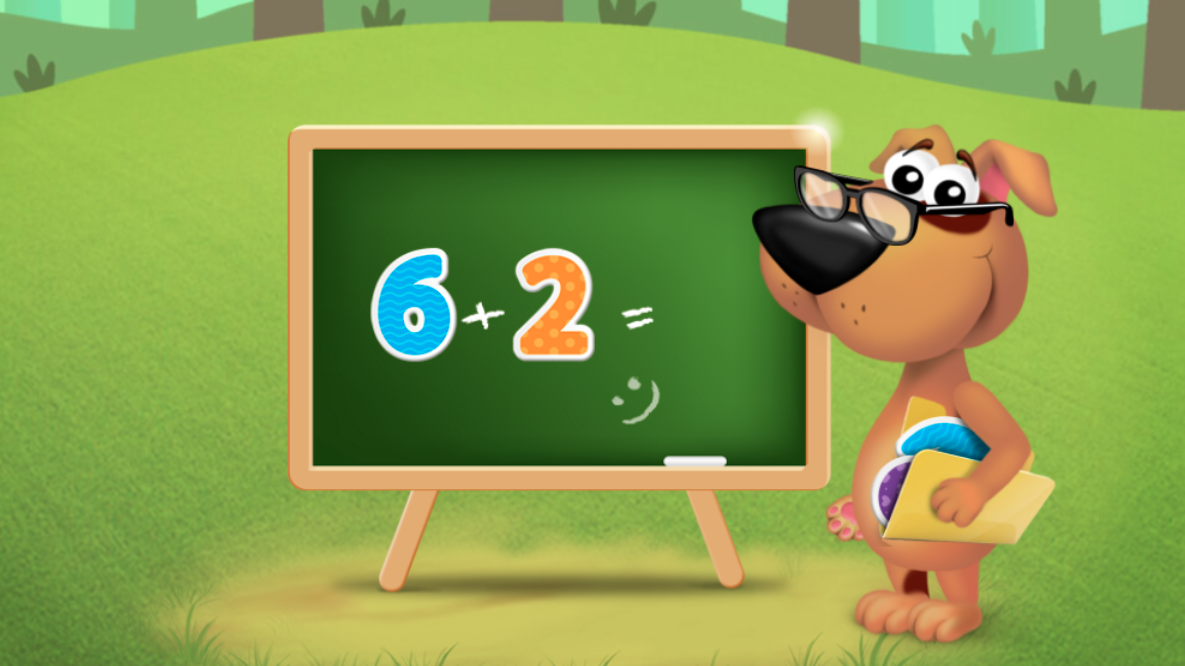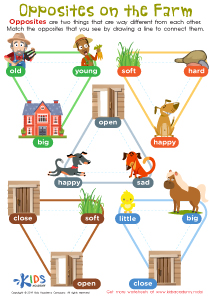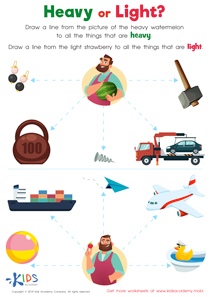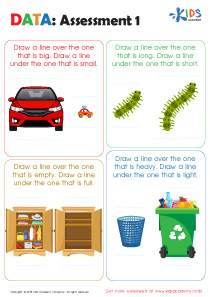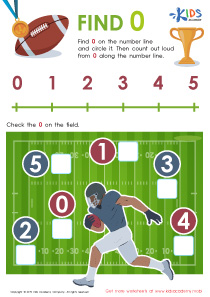Normal Geometry Worksheets for Ages 6-9 - Page 2
59 filtered results
-
From - To
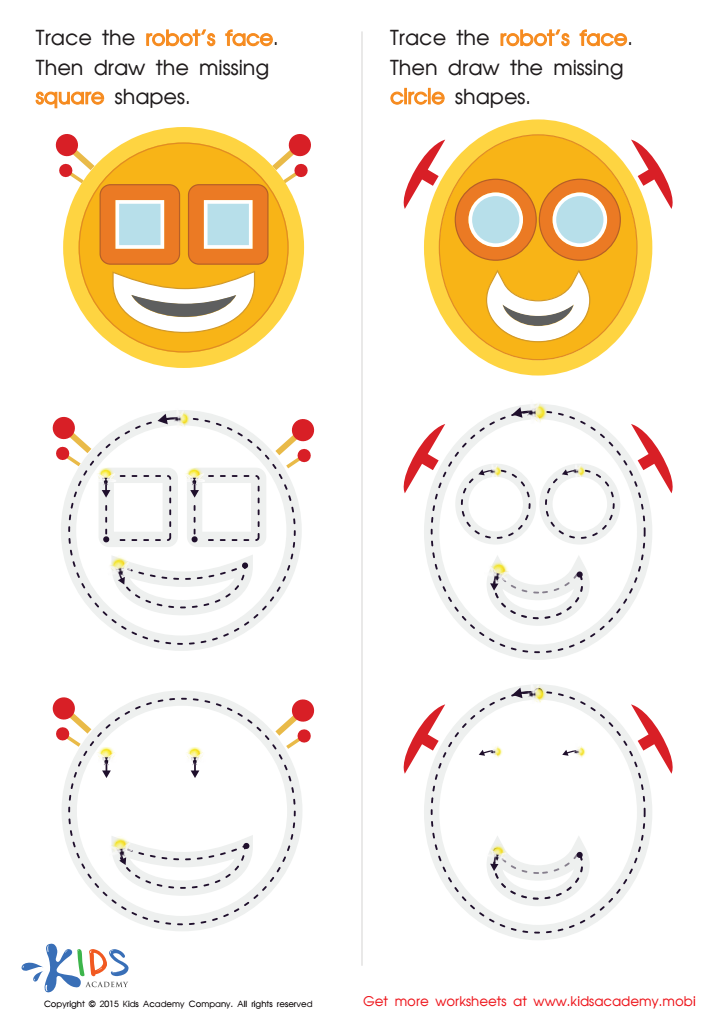

Practicing to Draw Circles And Squares Printable
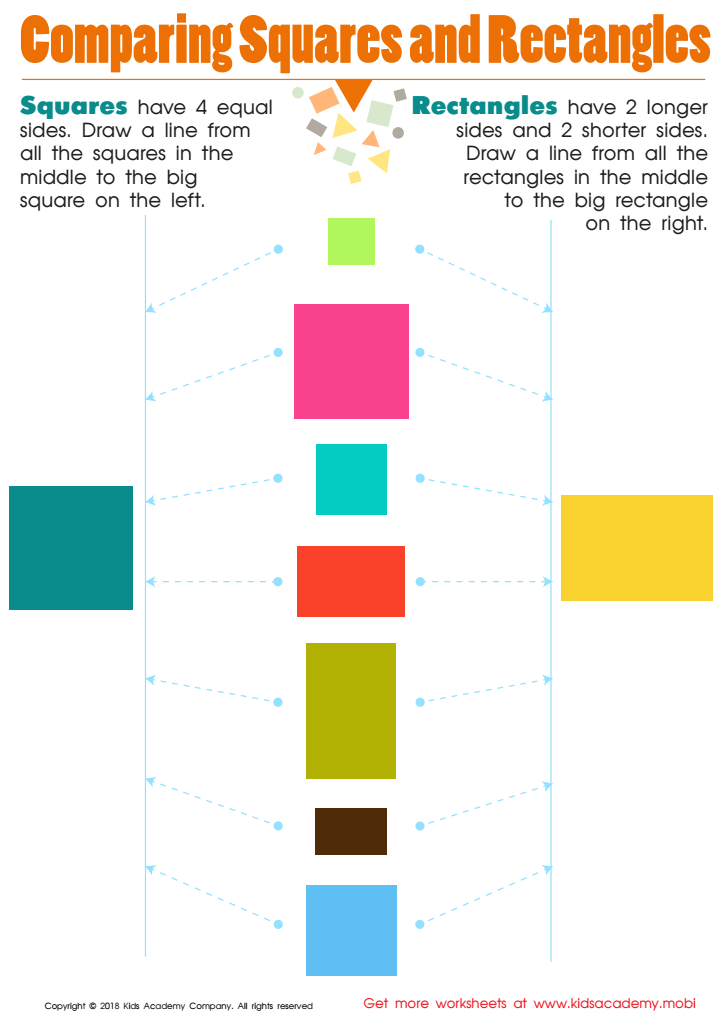

Comparing Squares Rectangles Worksheet
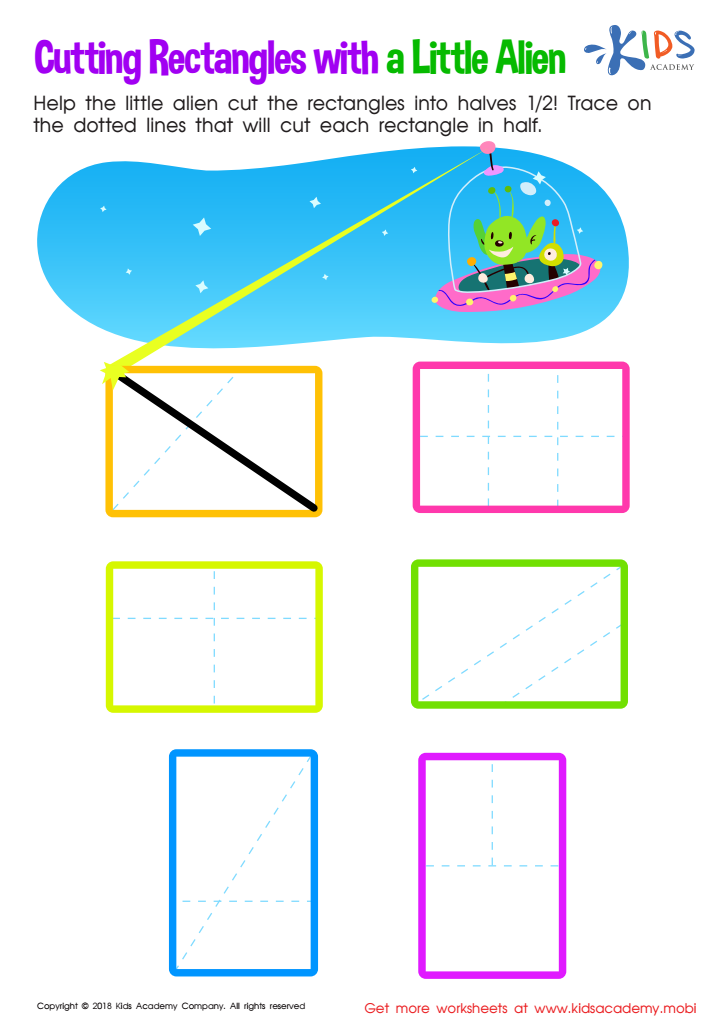

Cutting Rectangles with Alien Worksheet
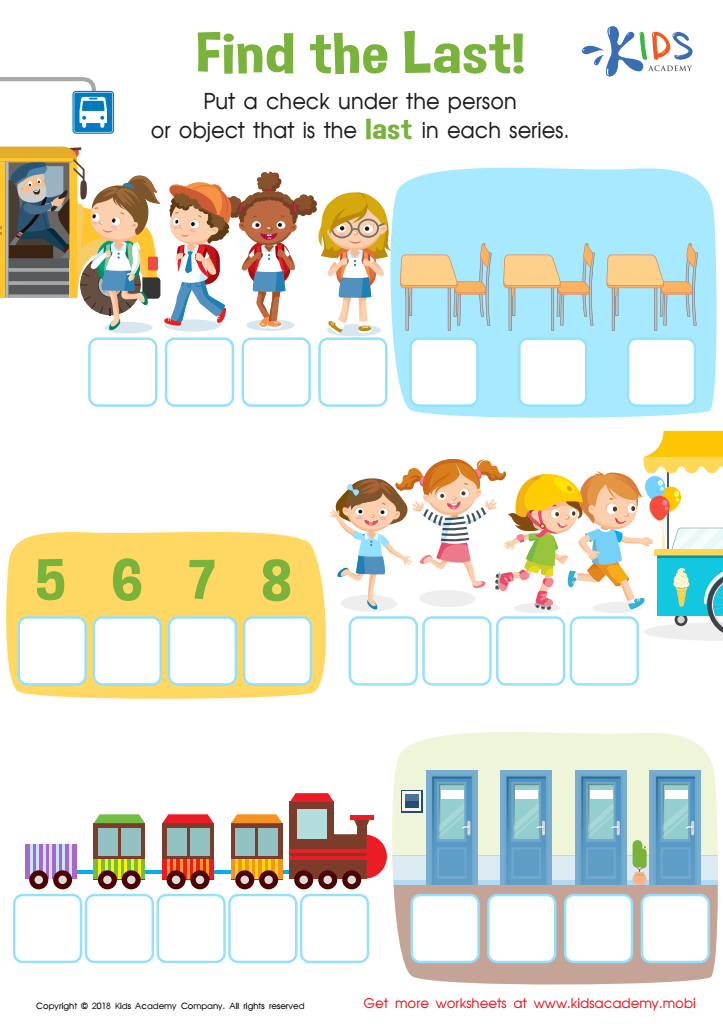

Find the Last! Worksheet
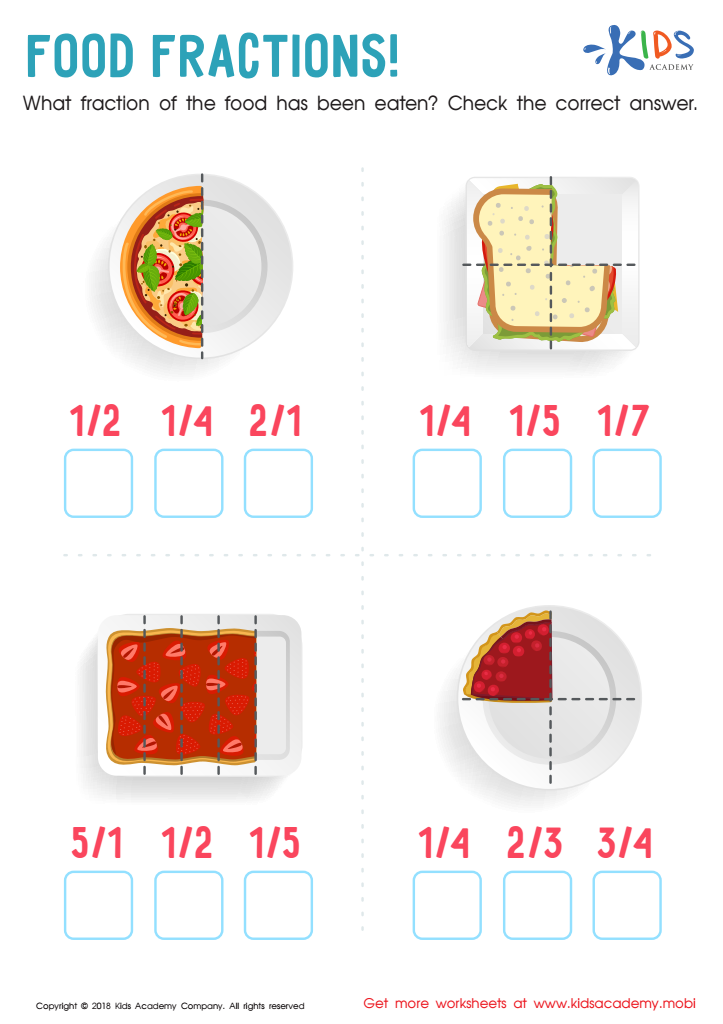

Food Fractions Worksheet
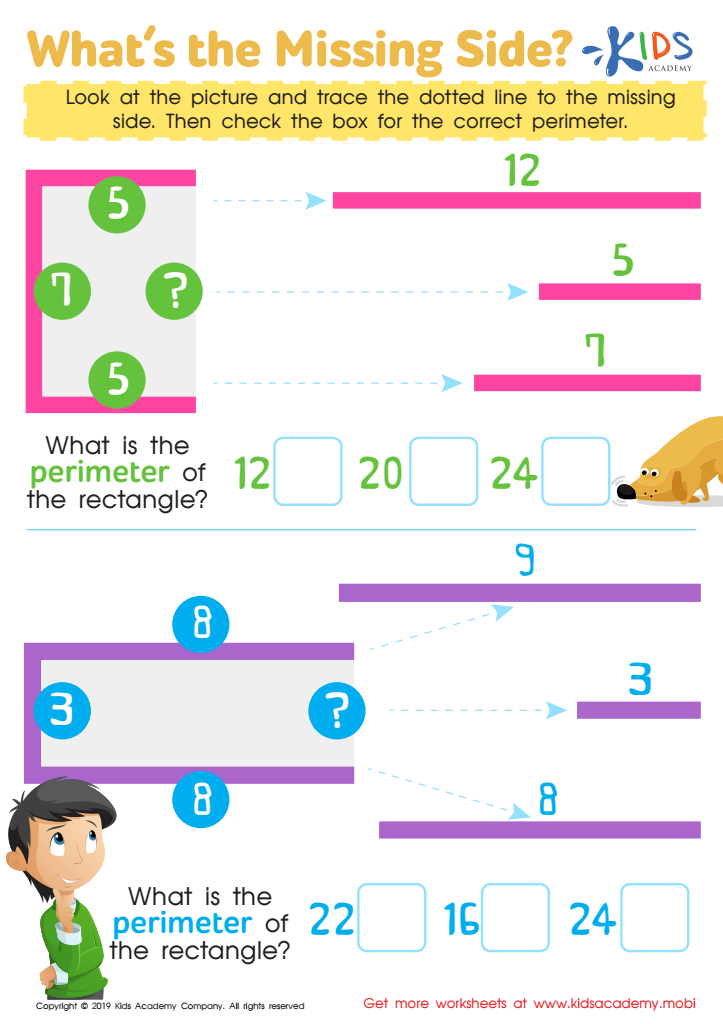

What's the Missing Side Worksheet


Cinderella Geometry Maze Worksheet
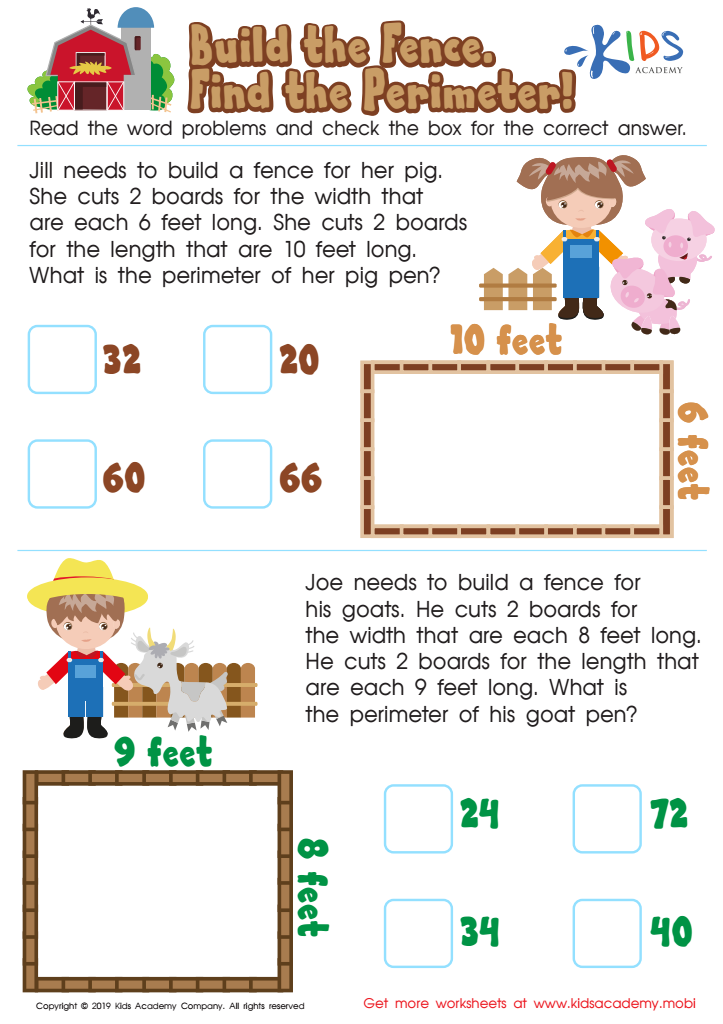

Build the Fence, Find the Perimeter Worksheet
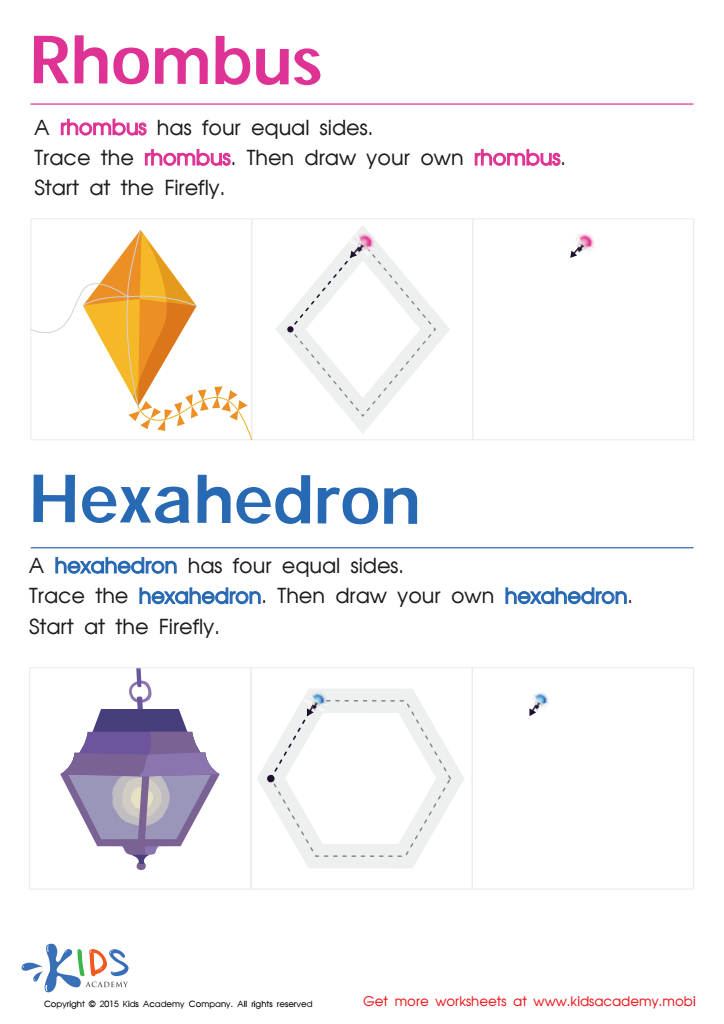

Draw a Rhombus And a Hexahedron Printable
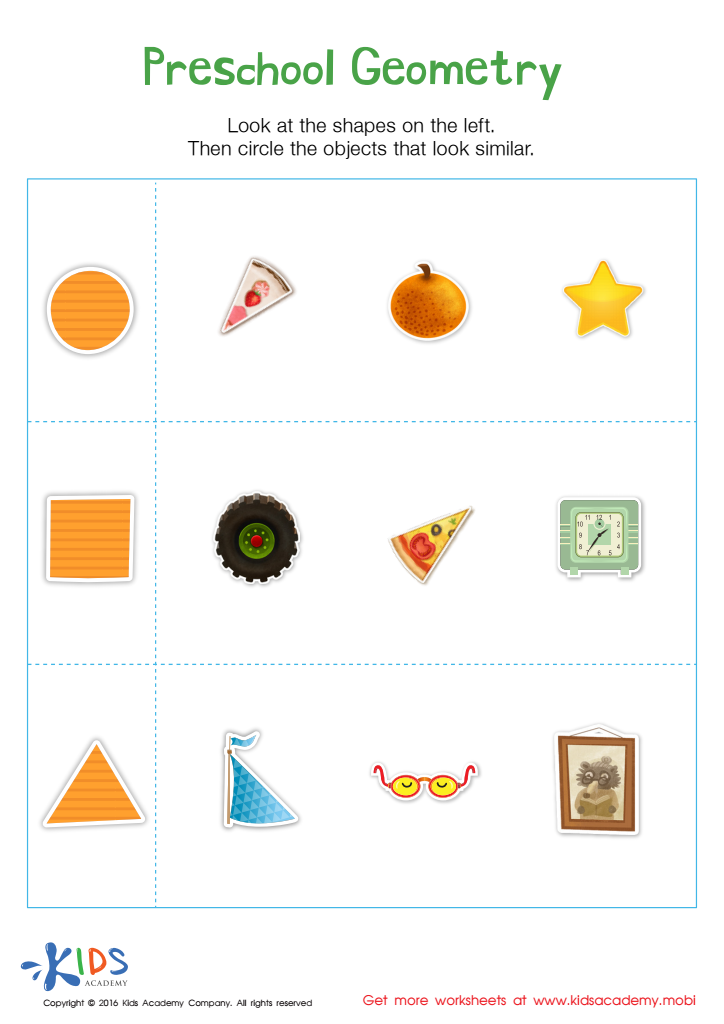

Preschool Geometry Match Up Worksheet
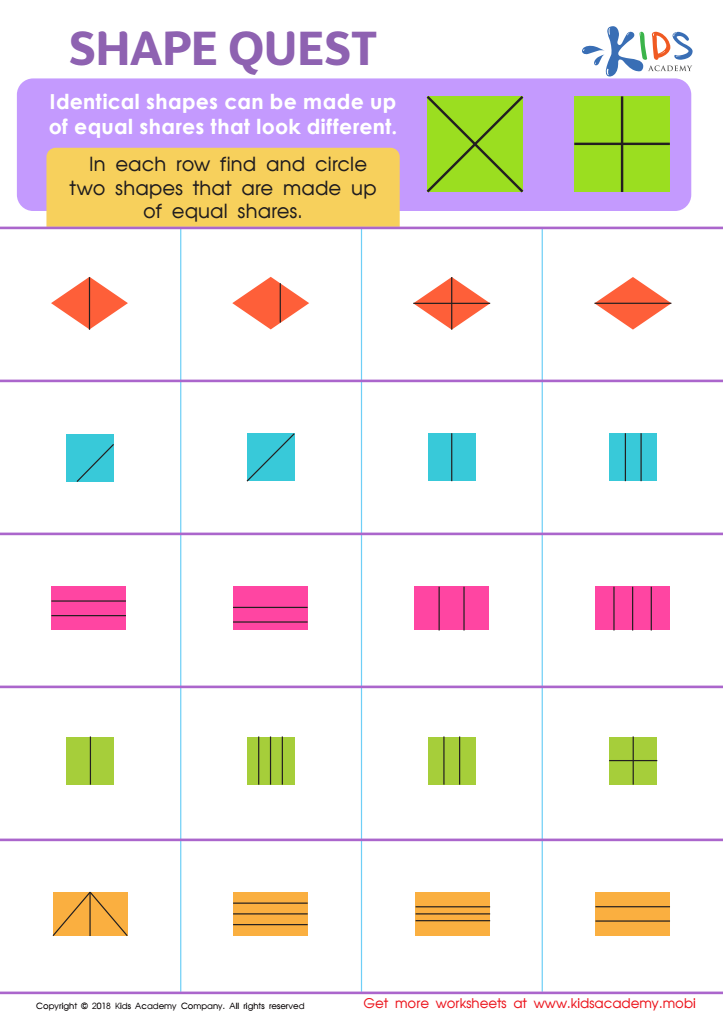

Shape Quest Worksheet
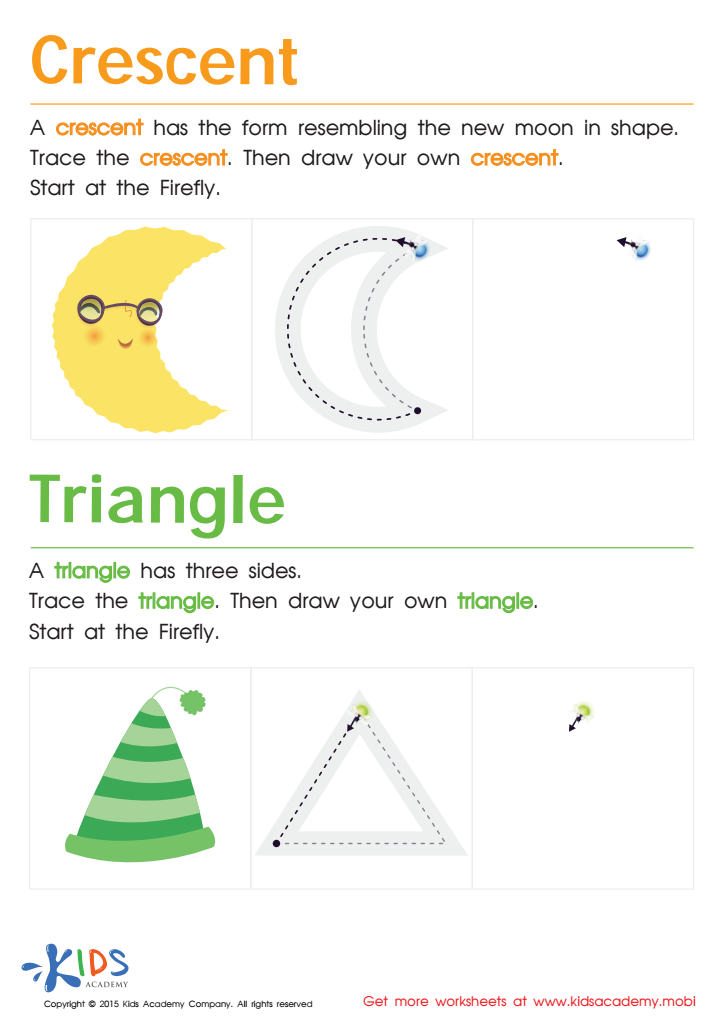

Learning to Draw Crescents And Triangles Worksheet
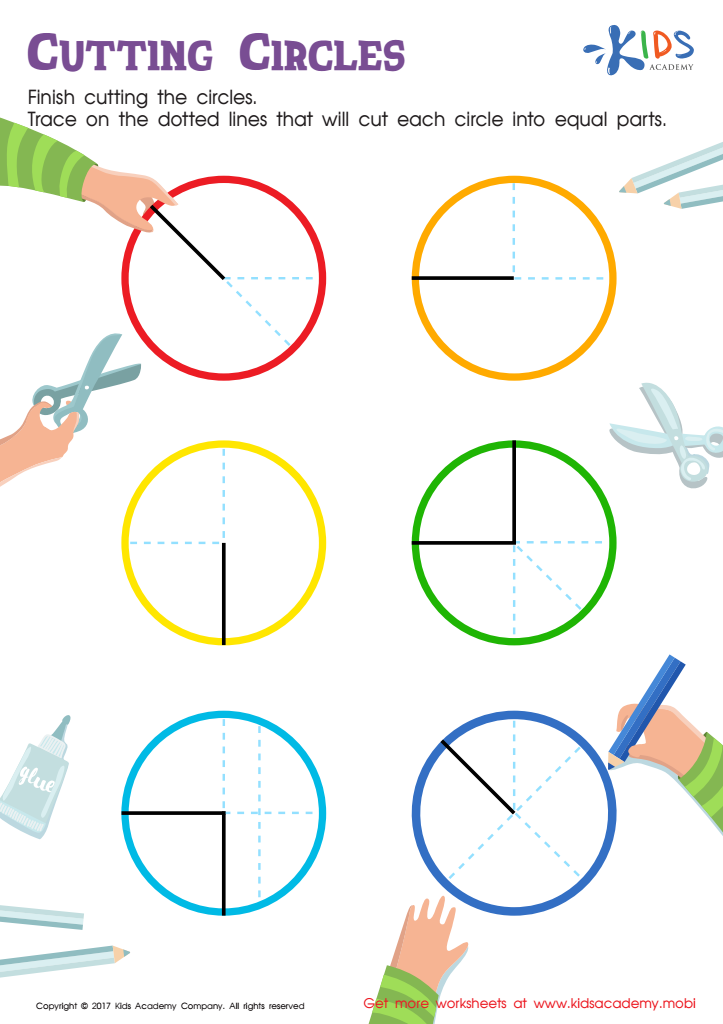

Cutting Circles Worksheet
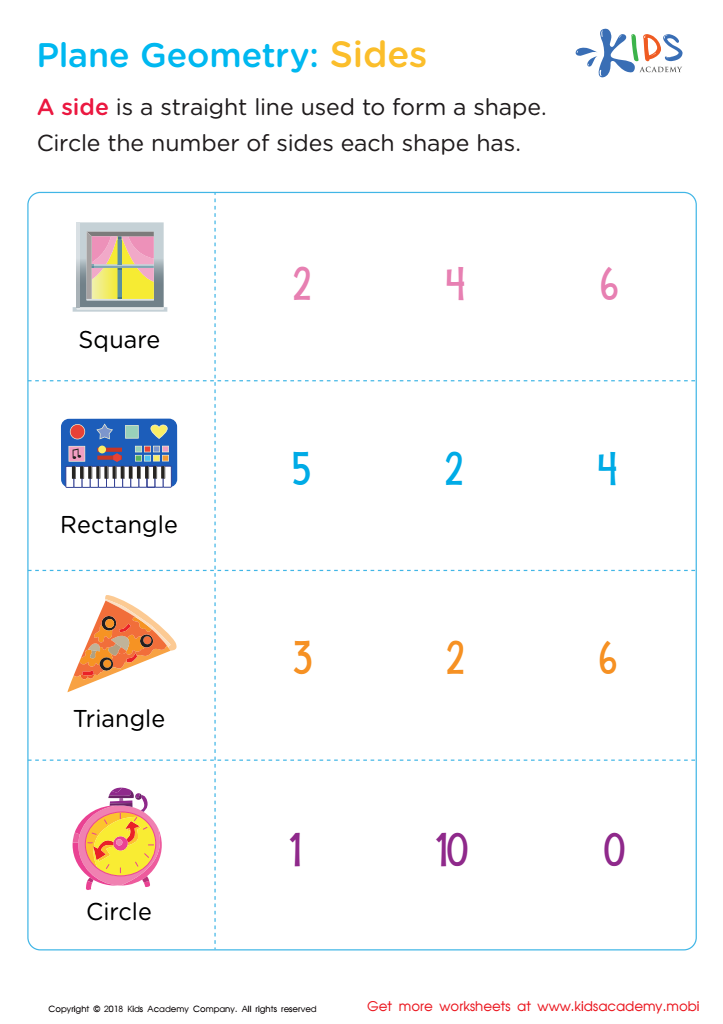

Plane Geometry: Sides Worksheet
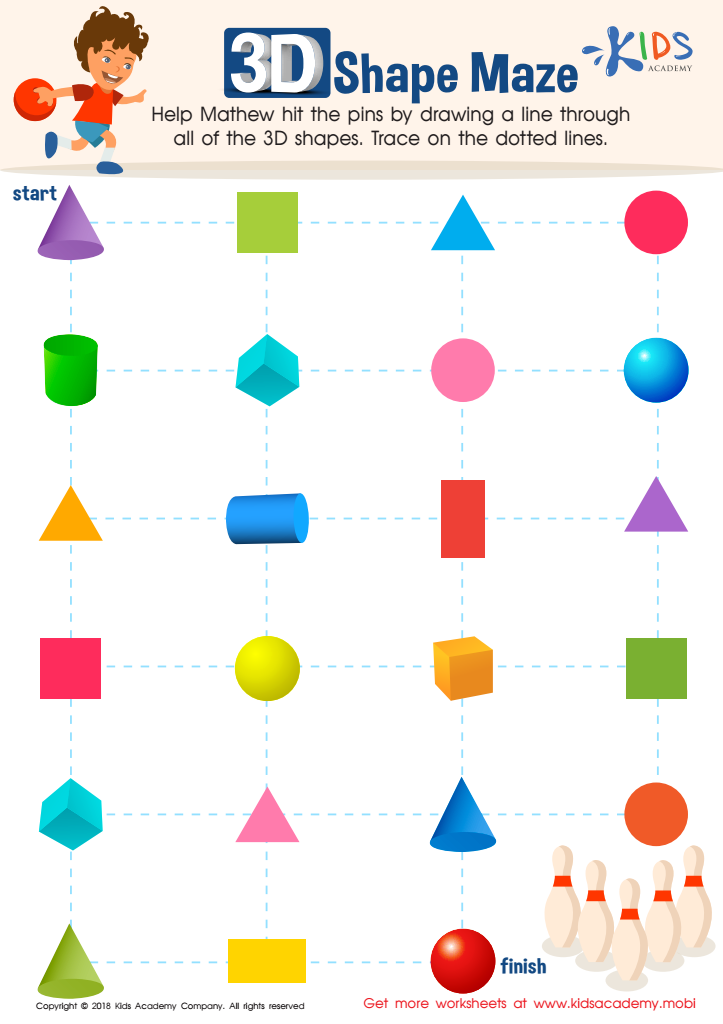

Shapes Maze Geometry Worksheet
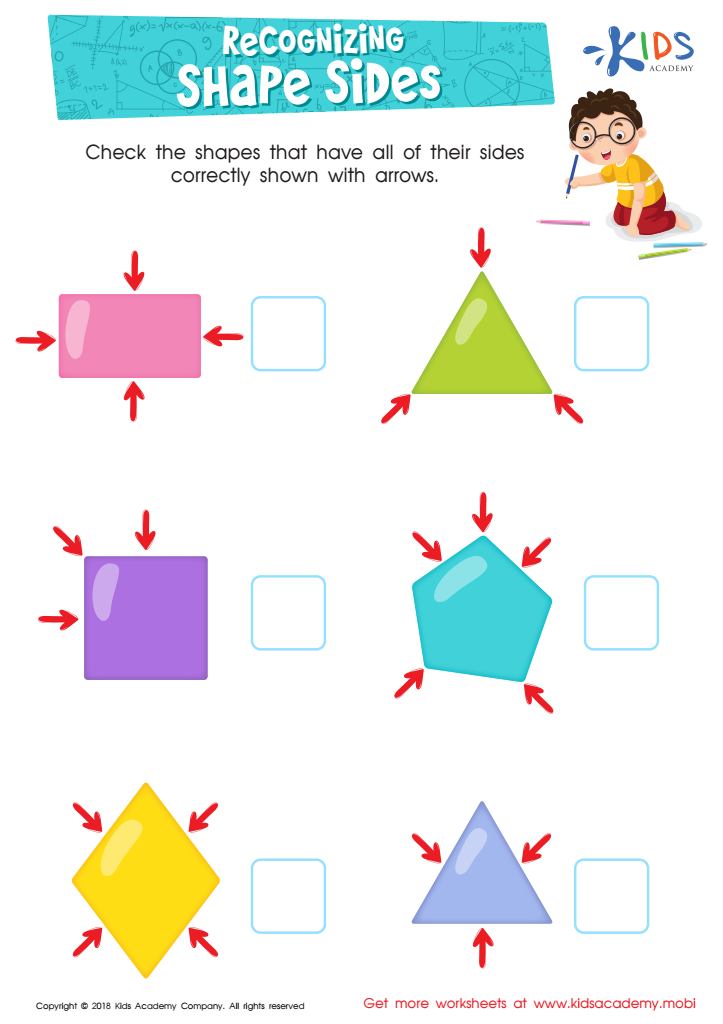

Recognizing Shape Sides Worksheet
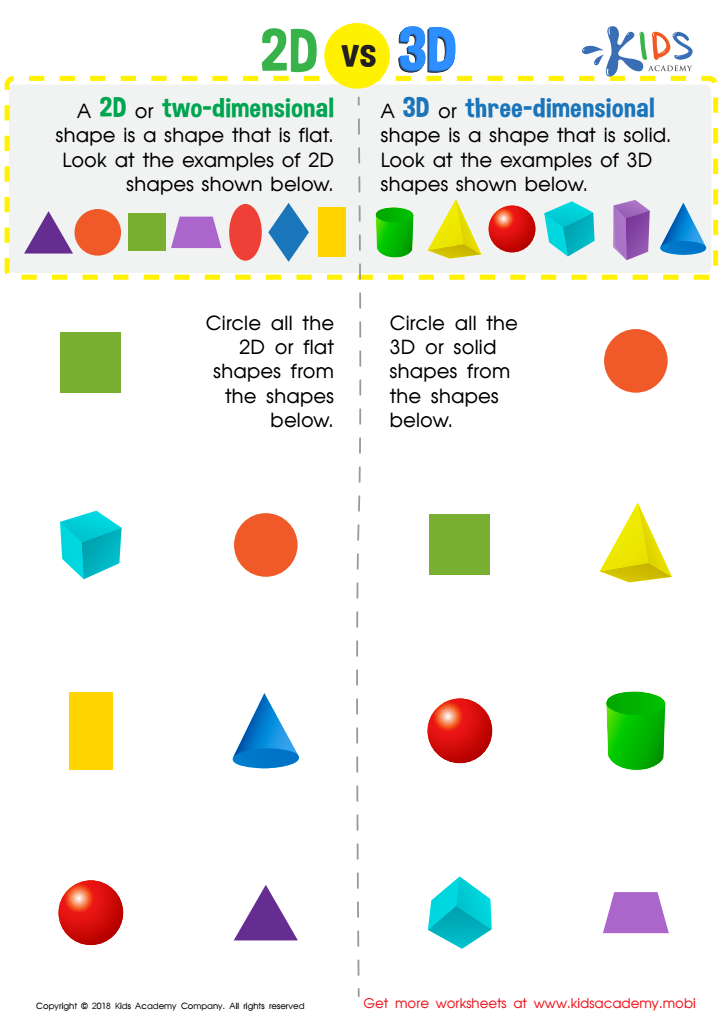

2D vs 3D Shapes Worksheet
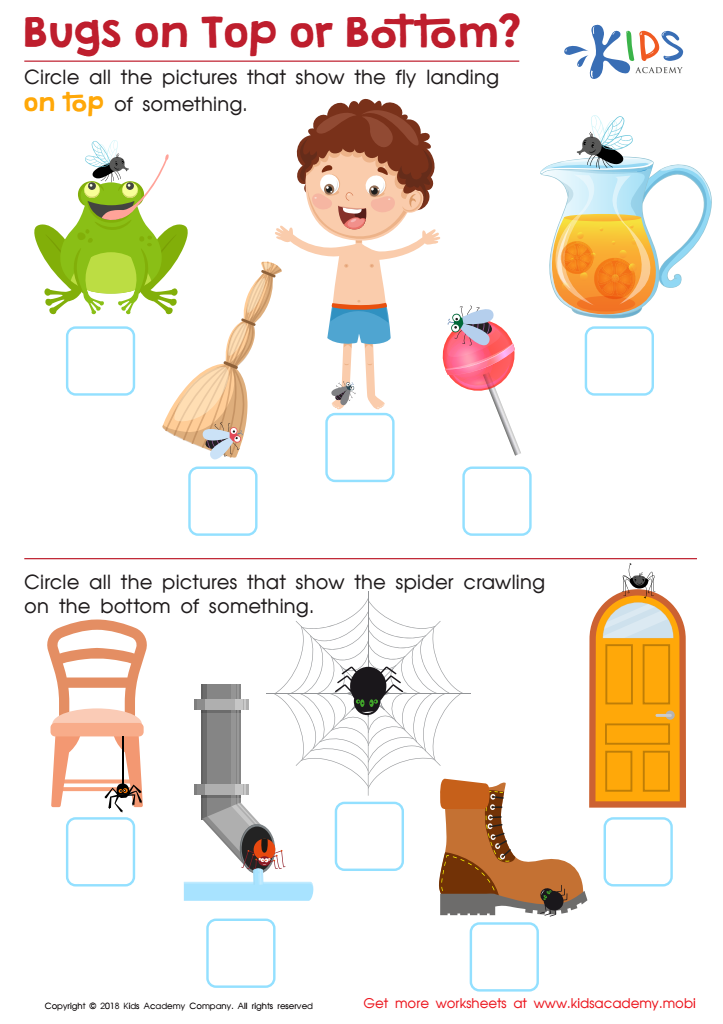

Bugs on Top or Bottom? Worksheet
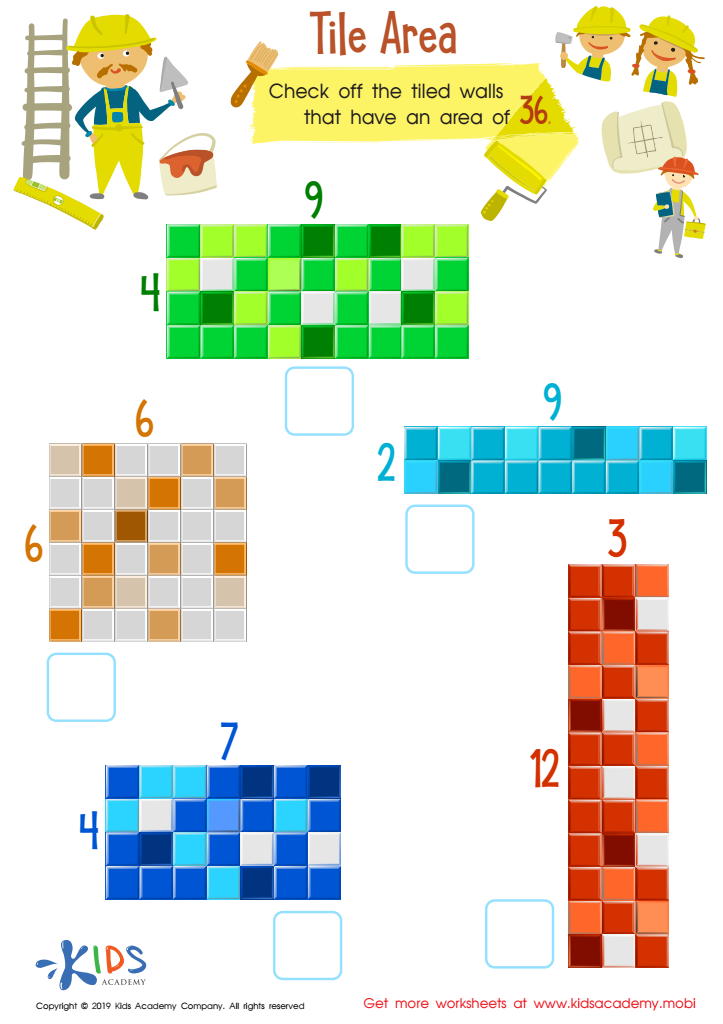

Tile Area Worksheet
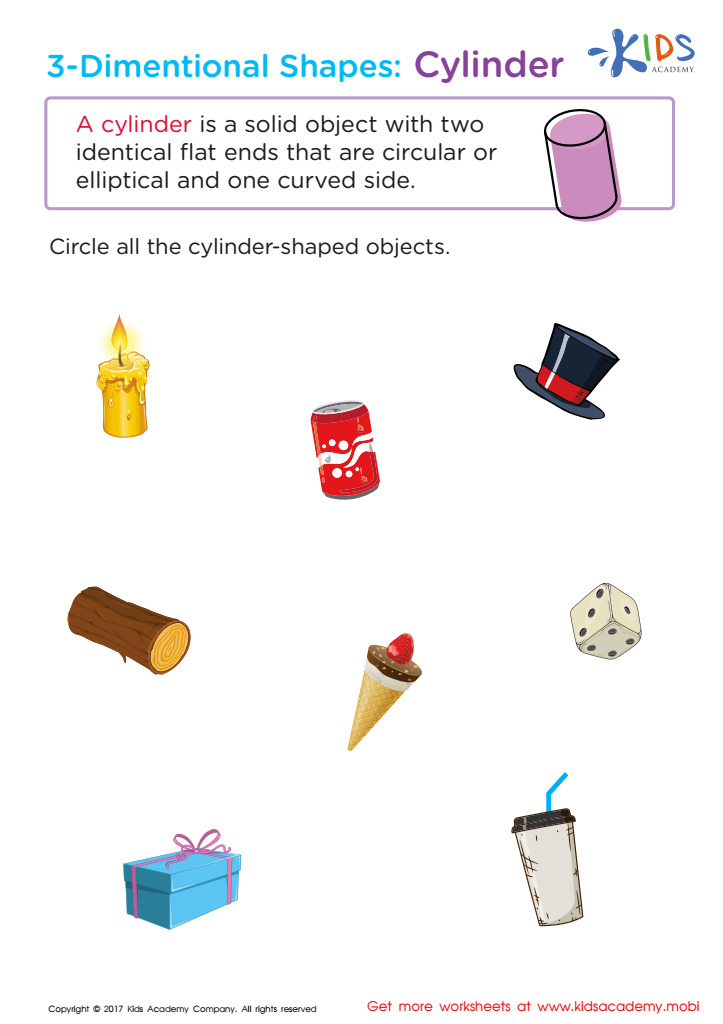

Three–Dimensional Shapes: Cylinder Worksheet
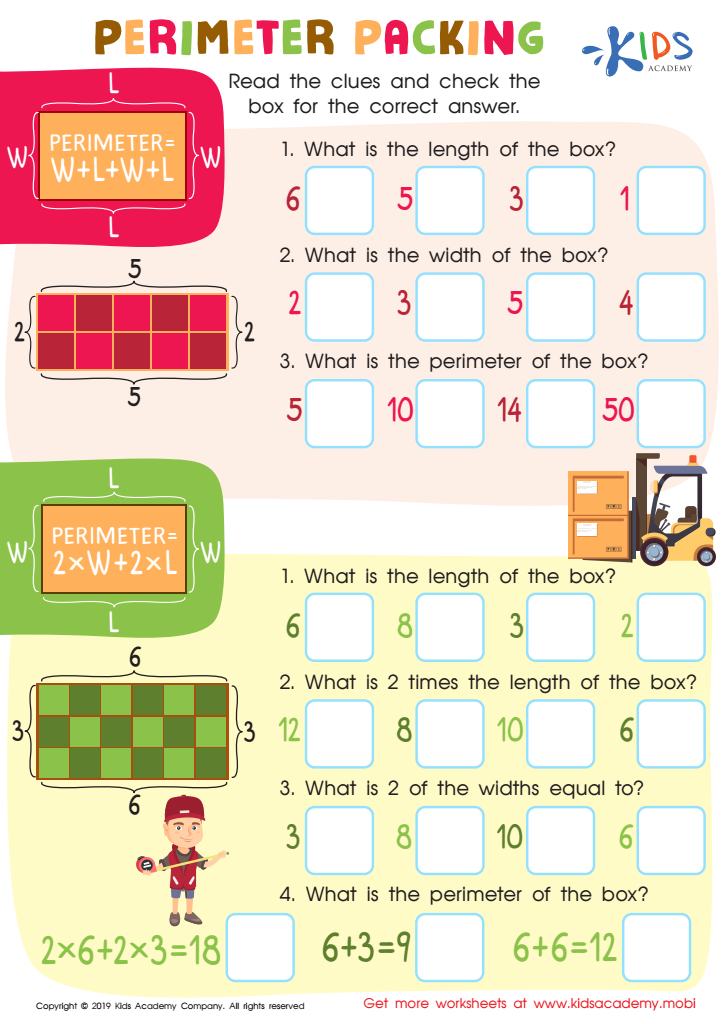

Perimeter Parking Worksheet
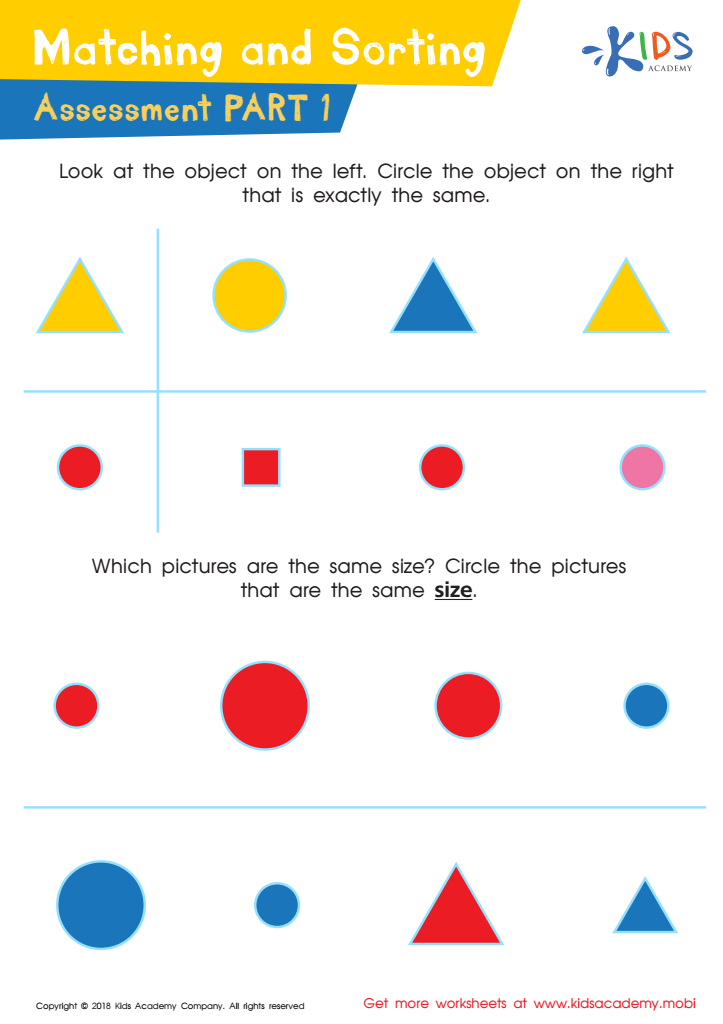

Matching and Sorting for Kindergarten: Assessment 1 Worksheet
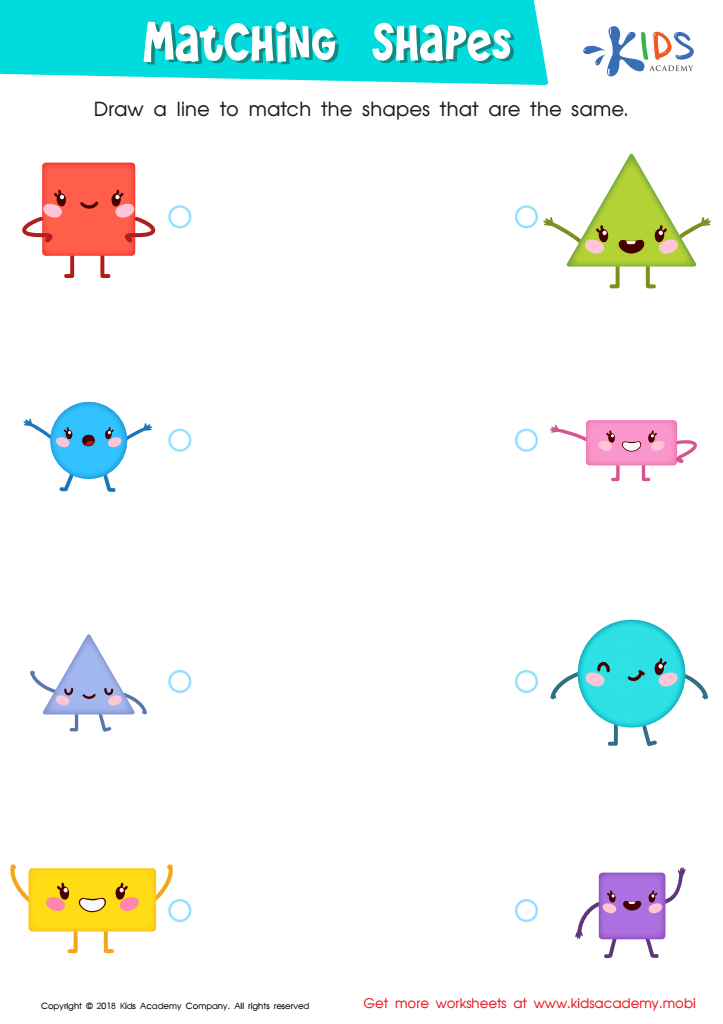

Matching Shapes Worksheet
Normal Geometry for Ages 6-9 is crucial for a child's foundational understanding of math and spatial reasoning. At this age, children are naturally curious and eager to explore their environment. Engaging them in geometry not only sharpens their analytical skills but also enhances their ability to visualize and manipulate objects in space. Understanding shapes, angles, and spatial relationships lays the groundwork for more advanced mathematical concepts later on.
Teachers and parents should prioritize early geometry education because it fosters critical thinking and problem-solving abilities. Activities that involve sorting, measuring, and constructing shapes expose children to logical reasoning and pattern recognition, which are essential skills across all subjects. Furthermore, geometry can improve fine motor skills through hands-on tasks like drawing and building models.
Moreover, a solid grasp of geometry boosts a child’s confidence in math, making them more likely to engage positively with future mathematical learning. By integrating geometry into daily life—such as recognizing shapes in architecture or understanding geometry in art—parents and teachers can enrich a child's learning experience, making math relevant and interesting. This early exposure creates a strong foundation for academic and personal success, fostering both a love for learning and an appreciation of the world’s mathematical beauty.
 Assign to My Students
Assign to My Students
